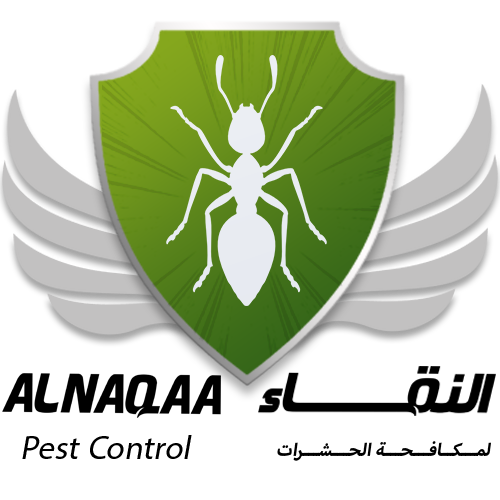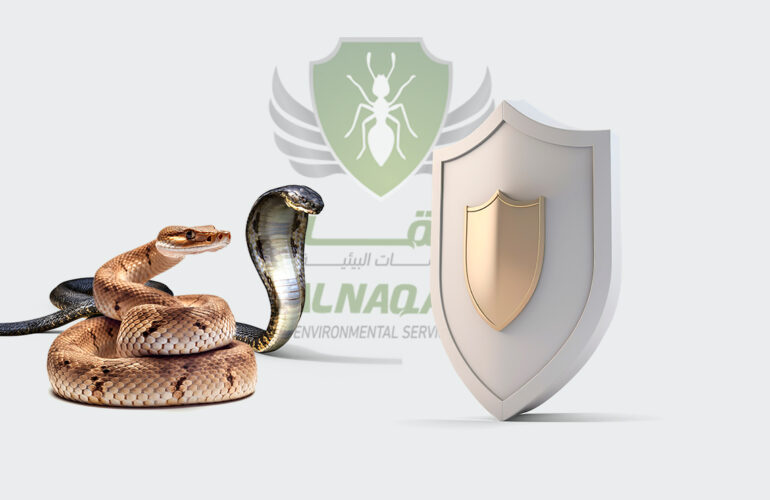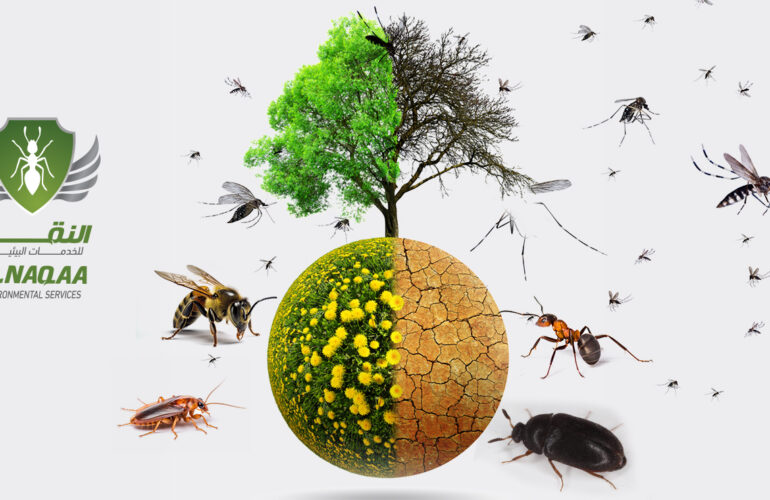The German cockroach
The German cockroach, Blattella germanica, is a dangerous bug that is found all over the world in a variety of habitats, including urban and rural locations. The German cockroach is a tiny insect that measures around 1.5 cm in length.
The German cockroach can be identified by its dark brown hue and thick black stripes on the head, and it feeds on a variety of foods, food waste, and other organic items. The female German cockroach can lay up to 40 eggs every week, and the incubation period for eggs lasts approximately 28 days.
Life Cycle of a Small Kitchen Cockroach (German)
The life cycle of the German cockroach includes multiple stages, including these three fundamental ones:
Egg: The female carries eggs in an egg bag that was already jagged from the back when the hatchet incident occurred.
Female. A mermaid’s egg bag typically contains 30 to 40 eggs, and these eggs frequently hatch while the female is still carrying the egg bag. The capsule should resemble a wallet, and the eggs should be little and brown. Adult females typically produce four to eight egg capsules throughout the course of their life, each measuring approximately 8 mm long, 3 mm high, and 2 mm wide. Nearly every six weeks, one capsule is created at ambient temperature, and the female eggs are put in the female eggs are laid in cracks and warm, secure places (kitchen appliances, refrigerators, and drawers), and it takes them about 28 days to hatch. Eggs are thought to be the main source of insect proliferation. One capsule is generated around every six weeks.
The mermaid stage: lasts until the adult beetle emerges during the egg hatching process. Dark parallel stripes that are noticeable and span the mermaids’ lower bodies range in color from dark brown to black. without wings mermaids. Although the number of insulations needed to attain adulthood varies, it has been observed that the nymphs mature at room temperature in around 60 days after acquiring six insulations. At every stage of life, mermaids are always on the lookout for food and water. The capsule receives the female eggs.
For the whole insect: the bottom of the adult insect, which is between 10 and 15 mm long and brown to dark brown, is divided into two different parallel strips. The following features help to identify genders: males have a small and thin body, a rugged back abdomen, and convertible limbs, and the entire abdomen is only partially covered by tegmina in females.
the place that the German cockroach calls home:
The German cockroach lives in many different environments, but prefers warm, wet and dark places, such as urban areas such as kitchens, warehouses, warehouses and areas adjacent to sewers and sewage pipes. The German cockroach can also live-in wet places in nature, such as forests and swamps.
Temperature, humidity, and access to food and water sources are key factors affecting the presence of the German cockroach in the environment. These factors are well available in urban areas, such as kitchens, warehouses, and warehouses, where German cockroaches can find different foodstuffs and live in appropriate conditions.
Measures to prevent German cockroaches at home:
German cockroaches are harmful insects that can be reduced and prevented at home through some simple preventive measures, including:
1. Cleanliness: the house must be cleaned regularly, especially in areas that can be a source of food and water for German cockroaches, such as kitchens, warehouses and warehouses
2. Ventilation: Care must be taken to improve the ventilation of the house and the ventilation of dark and moist areas, which can be a suitable environment for German cockroaches.
3. Repair of holes and cracks: Any holes or cracks in walls, floors, doors and windows that can enable German cockroaches to enter the house must be repaired
4. Disposal of food and water sources: remaining food and water sources must be disposed of in bathrooms, kitchens, warehouses and warehouses, where they can be suitable for German cockroaches
5. Ensure that the bottles of gas or fruit vessels and vegetables are free of cockroaches or eggs before they enter your house or restaurant.
Our company’s method of combating and eliminating cockroaches:
1. The company ' s dedicated specialized crew shall conduct an intensive inspection of the affected area and identify the main sources of the injury. The competent engineer shall draw up the necessary plan to combat it and the judiciary, as well as the number of visits required.
2. The artistic crew sprays all the cracks and floors professionally and under the supervision of an engineer specializing in pest control through safe pesticides on humans and pets to ensure the elimination of the insect ' s adult stages.
3. The art crew corrupts eggs inside the injured area after locating them and is considered to be the most difficult stage in the German cockroache control process because it requires professional and higher technology.
4. We use anti-seizure materials to ensure that the insect does not develop and that the injury occurs again.
5. The company ' s technical crew is injecting a churning generation and a cockroach killer into the equipment in the kitchen and the cracks in the house, in accordance with the recommendations of the Ministry of Health and the World Health Organization (WHO) for the safe control of homes.
6. The company sprays the plants at the infected place from inside and outside to ensure that the cockroaches are completely eliminated and that the injury is not repeated. This is in order to ensure the quality of the control to the highest levels.
The company conducts intensive periodic follow-ups to ensure the success of the control process.
The company uses long-term, fully safe pesticides on humans and animals and only targets the thousands to be combated.
Examples of some pesticides used by the company:
- Fipronil
- Lambda- cyhalothrin
- Alfa cypermethrin
- B-selfothrin
- gell







